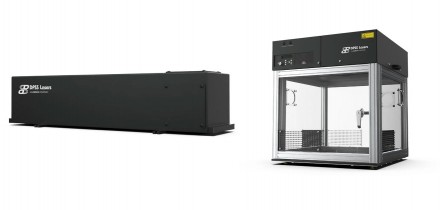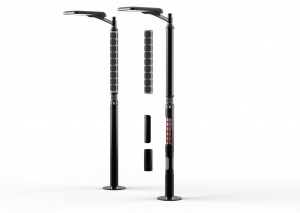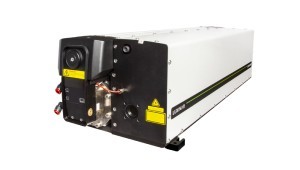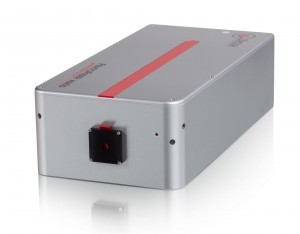
Fiber laser technology on the femtosecond scale produces ultrafast pulses of high-intensity energy, opening opportunities to use it in cases where longer-pulsed options prove unsuitable or less desirable. The medical and manufacturing industries are examples of the many industries that rely on femtosecond fiber lasers. How have people achieved optical innovations with them?
Improving burn assessment procedures
Since severe burns can significantly alter patients´ lives, health care professionals must use all their knowledge and diagnostic skills to assess them individually and determine which interventions give the injured parties the best chance of healing thoroughly. However, researchers from Stony Brook University realized the current methods were not accurate enough.
The group used terahertz spectroscopic imaging principles to design a handheld device that is about 93% accurate with wound-healing predictions and 84.5% correct when assessing burns´ severity. Such details could inform practitioners if a patient needs skin grafts or the injuries will heal without them. In contrast, the accuracy rate of other methods is as low as 60%.
Machine learning significantly contributed to that improved accuracy, and the researchers used a type that requires two orders of magnitude less training data than previous options. That characteristic could make this innovation more practical to test in clinical trials, which typically have massive amounts of associated patient information to process.
Their innovation includes a dual-fiber-femtosecond laser and terahertz photoconductive antennas that rapidly analyze a patient´s skin surface within the device´s viewing window, providing results within a few seconds.Terahertz radiation is a well-established option in manufacturing, but since it is also safe for people´s skin, the researchers focused on building a non-invasive assessment tool.
The device also makes terahertz spectroscopic imaging more accessible to health care workers who need it. Current applications are expensive and have limitations in field of view and penetration depth that make them impractical for clinical needs. The team intends to conduct further research into the usage technique and device before attempting to bring this innovation to commercial settings. However, they see opportunities to apply it to war zones or emergency rooms where workers do not have specialized burn training but must assess injuries quickly.
Supporting 3D printing
Assessments suggest fiber lasers should last at least four-and-a-half years but typically have significantly longer life spans. That characteristic makes them widely used in various manufacturing environments. People are also interested in pioneering applications that could revamp current production processes.
Examples abound in additive manufacturing. Conventional methods that use longer-pulsing lasers create heat-affected zones that may adversely affect the material´s strength or cause cracking. However, a first-of-its-kind literature review revealed the potential for reducing that temperature-related stress with femtosecond fiber lasers.
The overview compared lasers of various strengths and pulse durations, exploring the extent to which they caused undesirable heat-related effects on the studied materials. One finding was that femtosecond fiber lasers simultaneously reduce heat-affected zones and warmth dissipation. Many 3D printers that work with metals have fiber lasers. Controlling their warmth could prevent material-related defects that make the products fail quality control checks. Silver, aluminum and copper were among the metals explored in the review of femtosecond fiber laser literature.
Another finding was that longer laser pulses were particularly likely to cause heat-affected zones in electronic components, leading to substrate damage and oxidation issues. Furthermore, the analysis included efforts to 3D-print tungsten-based gears and other parts with femtosecond fiber lasers. The material previously posed challenges due to its high melting point, but this approach reduced heat damage and overall defect rates.
The literature review authors concluded that fiber laser technology applied on the femtosecond scale gives manufacturers more control over heat-related complications when using additive manufacturing. They also saw the potential for applying this approach to ceramics processing and will perform further research to confirm it.
Seeing femtosecond fiber laser technology in the visible spectrum
One of the challenges of femtosecond lasers that has previously limited some of their real-world applications is that it was usually only possible for people to see the pulses when using complicated and inefficient setups. However, researchers from Laval University changed that in 2023. They used a lanthanide-doped fluoride fiber laser that shows red light at 635 nanometers, and chose a blue laser diode as the optical energy source.
Those involved in the project recognized the need for future research involving higher-powered lasers or those with more energy. Still, they see potential applications in areas such as two-photon excitation microscopy and ablation of materials or biological tissues.
This achievement occurred during ongoing work with fluoride-fiber lasers, using those instead of silica-based ones to extend the source´s spectral range. Previous challenges arose regarding the bulky and inefficient pump sources previously required. However, semiconductor-based laser sources that work in the blue spectrum overcome those barriers, setting the foundation for fiber lasers that were both significantly more efficient and visible.
Proving the concept
First, the researchers demonstrated that fiber lasers continuously emit visible light sources. They then focused their work on femtosecond fiber laser technology. The group cited lanthanide-doped fibers as critical for the eventual result. However, since their laser worked at a new wavelength, its optical fibers had material properties different from those previously used.
One issue involved learning the best way to manage the fiber´s light polarization. The group dealt with it by running simulations and then seeing how closely real-world results in lab experiments matched them. Once the researchers saw close matches between the simulations and actual results, those outcomes confirmed the laser behaved as expected and that the system suited the chosen optical fiber and pulsed lasers.
After achieving the initial successful results with the visible lasers, the group determined how to refine and improve the overall performance. They hope to apply their findings to create a monolithic system with all individual optical components bonded to each other. That result would make the system more efficient while increasing the laser´s reliability and reducing its form factor. The researchers also want to enhance the laser´s average power and the duration and energy of its pulses.
Making strides with femtosecond fiber lasers
Despite the challenges of using femtosecond fiber laser technology, these research-driven examples show how persistence pays off and reveals new use cases or opportunities. Even if none become commercially available solutions, the information learned will continue advancing this work and the knowledge of those who devote themselves to it.






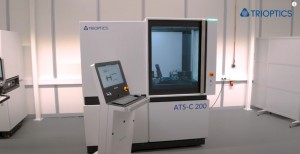
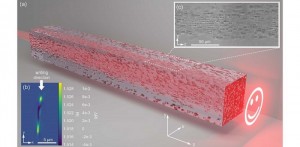
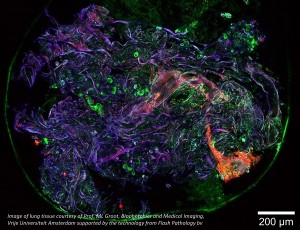

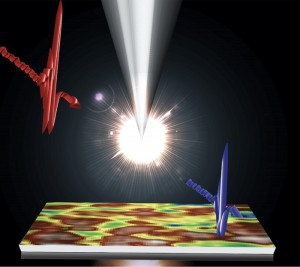

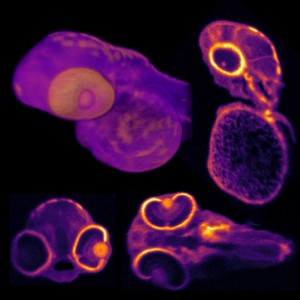
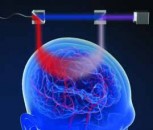

















 Back to Features
Back to Features










